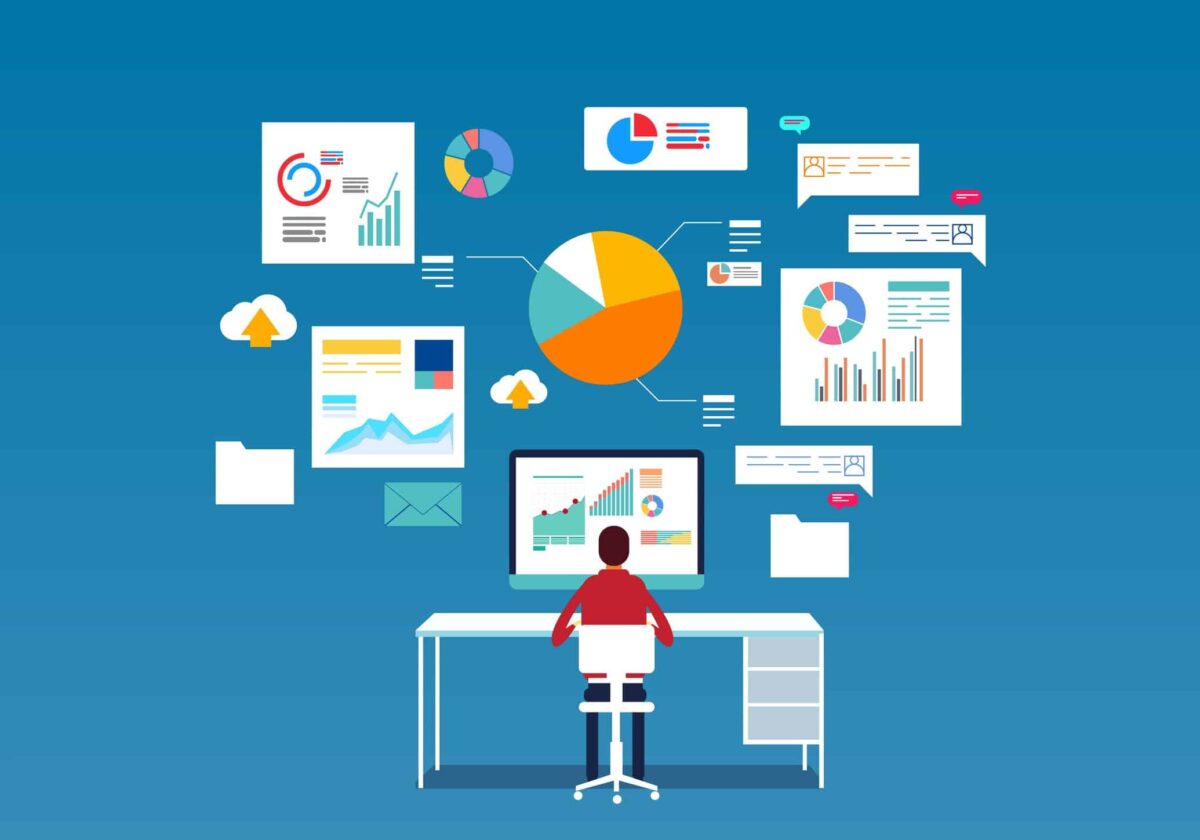Reading Time: 3 minutes
Enterprise Resource Planning software (ERP) has long been the gold standard of workflow management in manufacturing firms — tracking resources such as cash, raw materials, and production capacity, along with the statuses of payroll and purchase orders and miscellaneous supply orders. Made of collected applications, ERP systems collect information from these various data points, storing and interpreting their business impact and importance.
Though ERPs were designed to influence and introduce agility into company workflows, as other technologies progress, legacy systems can hinder the flexibility and fluidity they once supported. These hindrances can complicate existing challenges and introduce new hurdles. Is the answer optimizing your existing ERP or, if you have one, your standalone CRM? Or could it be integrating your ERP and CRM solutions to work in tandem?
Challenges within legacy ERPs
Legacy ERPs allow increased collaboration on files, documents, etc. However, as different departments use the technology in different ways, collaboration becomes challenging due to separate methods of navigating and using the same ERP. This can lead to siloed or outdated information throughout a company.
When information is siloed and data is kept disparate between teams and individuals, there is greater opportunity for inaccuracy when collaborating across different versions of documentation and data. Data silos between different departments and their unique ERP instances remove the possibility for visibility into organizational current state.
Legacy ERPs can leave customization, and therefore their customers, in the lurch. Due to its initial collaborative nature, ERPs must be designed to meet the needs of the lowest common denominator, which often results in different departments building ad hoc workarounds to meet team requirements. When ad hoc customization comes into play, it leaves room for systems to miss important patches.
Bringing ERPs up to speed
When ERPs are stuck in the past, they leave their future on shaky ground — and your team in emergency readiness mode, should a problem occur. And without much insight into how your manufacturing processes are functioning, finding the root of the problem takes time, which costs more in the long run. More time spent managing current systems takes time (money) away from innovation and progress.
Despite their challenges, ERPs help companies successfully monitor, manage, and interpret data from the backend processes of a company. Legacy ERPs are often standalone software systems that take a lot of resources to transfer to a cloud-based model. Even so, more and more companies are updating their ERPs to better suit their needs based on recent technological advancements.
With new capabilities, ERPs provides real-time tracking of resources, inventory statuses, payroll and purchase orders, as well as document syncing and sharing.
To focus on the customer side, many companies opt to incorporate a CRM.
Adding CRM to the mix
CRM works to monitor, manage, and interpret things from the front-end, such as: marketing campaigns, prospect tracking, sales and pipeline management, and customer interactions.
Having both an ERP and CRM in place allows for improved information tracking across an organization’s footprint internally and externally. But it adds the challenge of yet another system to monitor, manage, and map out.
CRMs live in the cloud and easily receive updates and pushes in real time when vulnerabilities are identified. The increased capabilities of Cloud ERPs help solve many of the outlined issues we’ve covered. But with both ERP and CRM existing as SaaS-based services, how do they work together?
Integrating ERP and CRM
To make sure you’re getting the most value out of each solution, it might be time to integrate your ERP and CRM solutions. Applying integrated CRM functionality to your ERP solution lets them each share the same database. This means that the systems talk to each other and an update in one automatically means an update in the other.
When the two systems are integrated, you get a complete view of your entire organization from the front to the back, from the top to the bottom. So higher ups can always see the big picture, and employees at all levels can more easily collaborate on projects with no silos in sight. Front-of-the-house sales will know how much inventory is available before closing a deal. Procurement and supply chain teams get a better understanding of the clients buying their wares and can more easily anticipate when to order new inventory.
Of course, taking the leap to integrate these two systems can be tricky and requires proper guidance. Looking to make the move to get the most value out of your systems? Let us be your guide with Navigator, our managed services offering.



